As the largest city in the world, Tokyo is a bustling metropolis with a population of nearly 14 million people. There are around 8 million daily passengers relying on the Tokyo subway. This incredibly sound and timely transportation system is a testament to its efficiency and organization.
The Tokyo subway system is affordable, clean, and reliable. It enables visitors and residents to travel to every corner of the city with ease. And it’s the ideal method of transport for visiting all the attractions Tokyo has to offer, the subway system should be an integral part of any well-planned Tokyo itinerary.
Navigating the world’s second most complex subway map (behind just New York subway map) may seem daunting at first, but with a little patience and understanding, it is not as difficult as it appears.
In this article, we will explore the Tokyo subway map and provide you with essential tips on how to make the most of this efficient, clean, and safe transportation system. So buckle up, and let’s dive into the fascinating world of the Tokyo subway.
Tokyo subway map
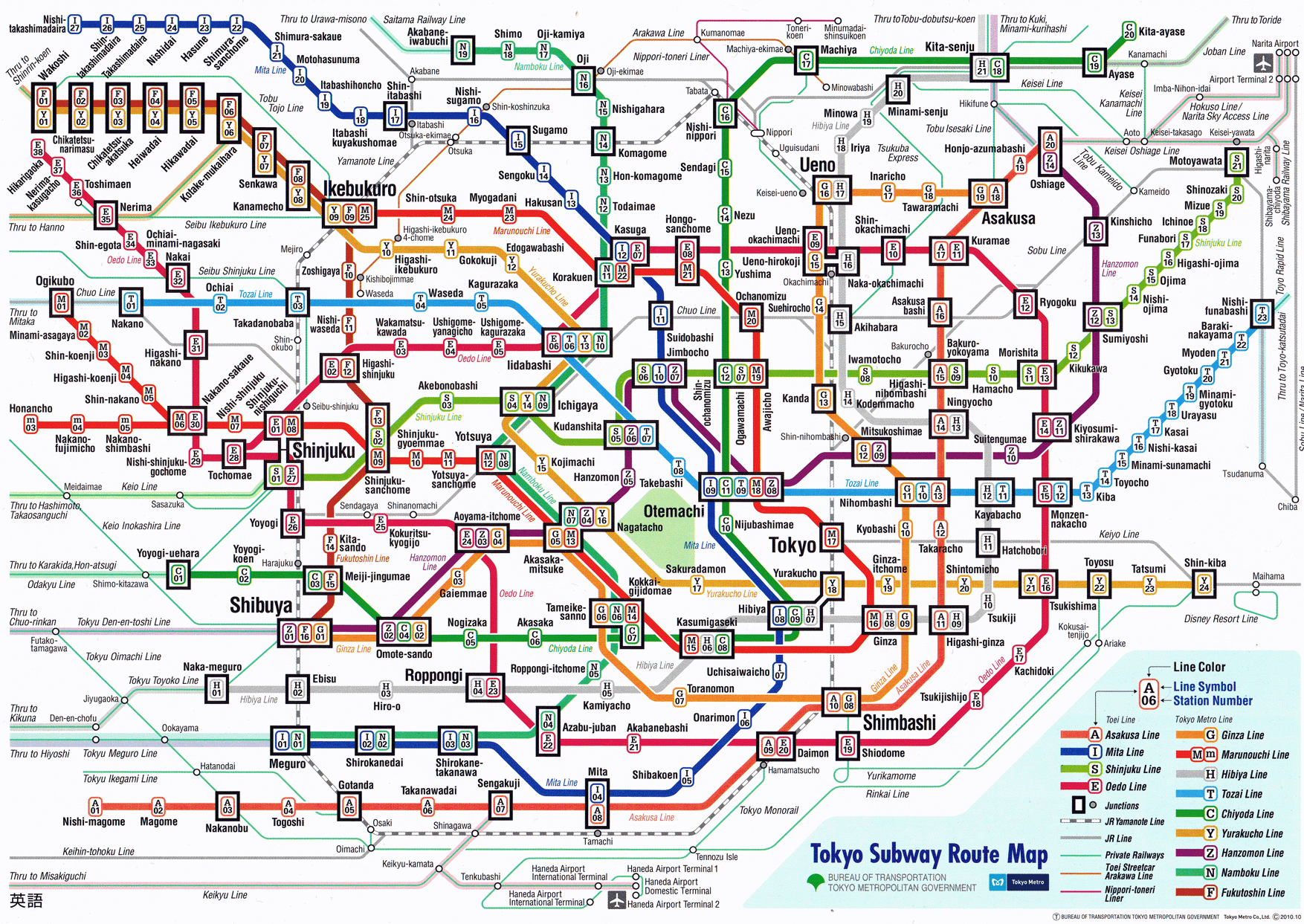
First, let me tell you a few things about the Tokyo subway map: it ranks as the world’s second most complex subway guide! The amazing Tokyo metro system caters to the second-highest ridership in the world, after Shanghai, with 3 billion riders a year.
Despite the vast number of people utilizing the Tokyo subway system, it remains one of the most efficient (and clean!) in the world. Surprised? You shouldn’t be! The Japanese subway are renowned for their incredible precision, with delays being a rare occurrence.
Given the immense volume of daily subway passengers, it’s natural to assume that safety might be a concern for some. Although violent crimes are rare in Japan, a few women have reported incidents of groping during their daily commutes. To address this issue, the Tokyo metro system introduced a morning women-only carriage, allowing women to feel safe and secure while still benefiting from an affordable and efficient mode of transportation.
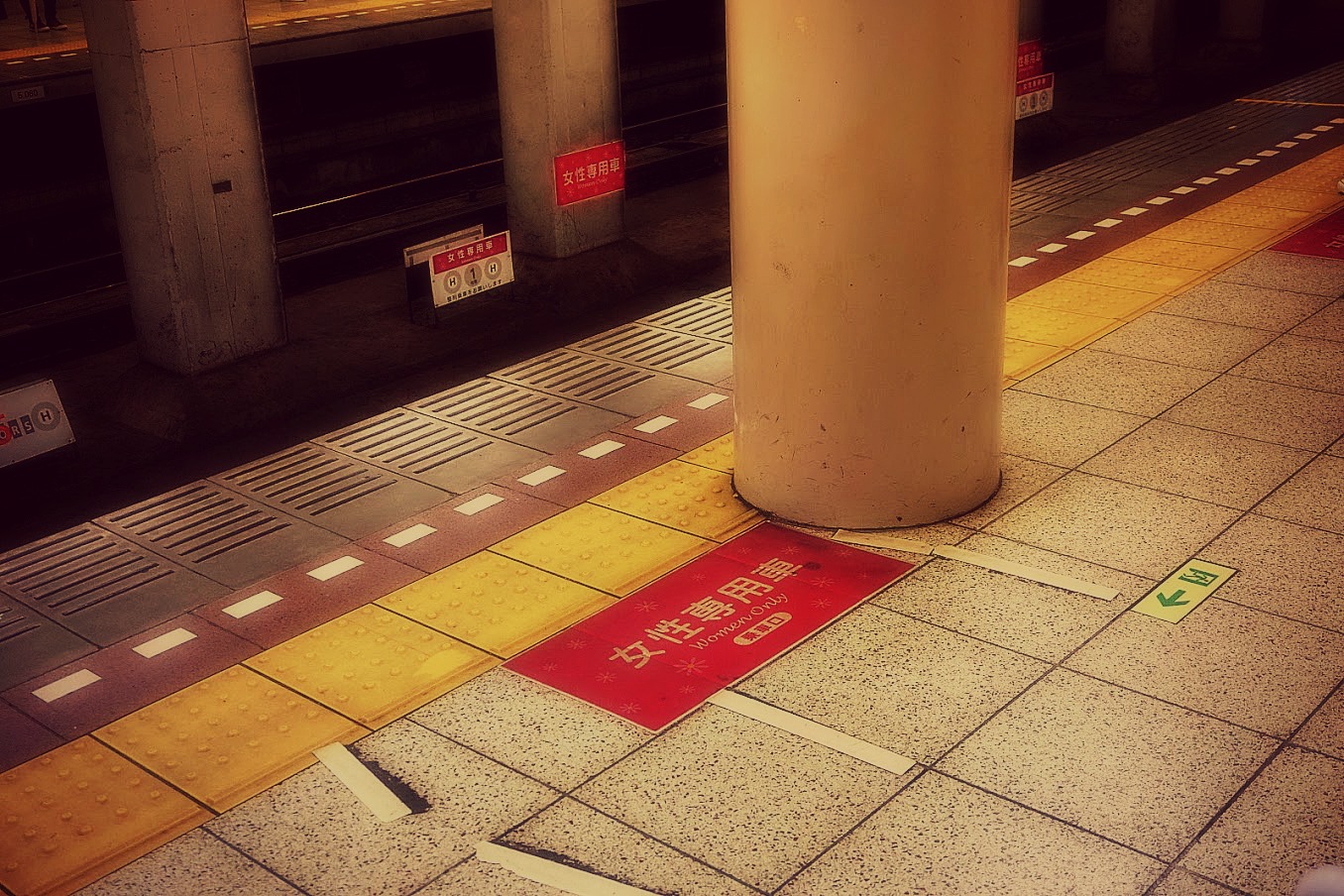
As I mentioned earlier, the Tokyo subway is incredibly clean. After riding the metro in Tokyo, I didn’t feel the need to constantly apply disinfectant on my hands. I didn’t feel grimy or reluctant to touch the holding bars, and my clothes remained in pristine condition. Even when the carriages were busy, I didn’t feel suffocated. Although, do note that I never travelled at peak hours around Shinjuku which is the world’s busiest station in the world.
Now, let’s address the initial confusion you might experience when first laying eyes on the Tokyo subway map. With its multiple colours, numbers, unique names, and various symbols, it can be a bit overwhelming. Give yourself a few minutes to understand how the Tokyo metro map works. First, note that there are 13 different lines. Remember to check for line colours, line symbols, and station numbers. Once you’ve familiarized yourself with these elements, you’ll find it easier to navigate.
To get started, identify your current location (check the name of the nearest subway station) and find the closest subway station to your destination. Connect the dots, and you’ll see that sometimes you’ll need to change lines. Don’t worry, it’s simpler than you think!
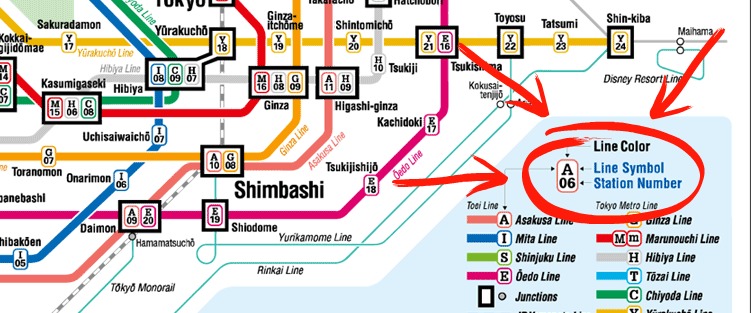
Here’s an example to help you out. Say you’re at the Shibuya station and wish to go to Asakusa, to visit Senso-ji. Locate Shibuya on the Tokyo subway map. If you need to go to Asakusa, the easiest way is to get on the Ginza Line. Board the Ginza Line from G01 and ride it for 18 stops until G19.
While having the Tokyo metro map handy makes navigation manageable, I highly recommend ordering a pocket Wi-Fi, so you have access to the internet on the go. Simply use Google maps for directions. Google maps will tell you exactly which lines are the fastest, when the next train is due, how to make connections and which car to board for optimum distance to other lines or exits. That’s pretty impressive and so useful when you are on the go.
Tokyo subway line
In Tokyo, there are two main subway operators, Tokyo metro and Toei subway lines:
| Line Colour | Line Name | Length |
|---|---|---|
| Orange | Ginza Line | 14.3 km |
| Red | Marunouchi Line Marunouchi Line Branch Line | 27.4 km 3.2 km |
| Silver | Hibiya Line | 20.3 km |
| Sky Blue | Tōzai Line | 30.8 km |
| Green | Chiyoda Line | 24.0 km |
| Gold | Yūrakuchō Line | 28.3 km |
| Purple | Hanzōmon Line | 16.8 km |
| Teal | Namboku Line | 21.3 km |
| Brown | Fukutoshin Line | 20.2 km |
Tokyo Metro – 180 stations across nine lines and covers 195.0 kilometres (121.2 miles)
Toei Subway – 106 stations on four lines, covering 109.0 kilometers (67.7 miles)
| Line Colour | Line Name | Length |
|---|---|---|
| Rose | Asakusa Line | 18.3 km |
| Blue | Mita Line | 26.5 km |
| Leaf | Shinjuku Line | 23.5 km |
| Magenta | Ōedo Line | 40.7 km |
The joint network of these two Tokyo subway lines consists of 286 stations and 13 lines, spanning a total system length of 304.0 kilometres (188.9 miles).
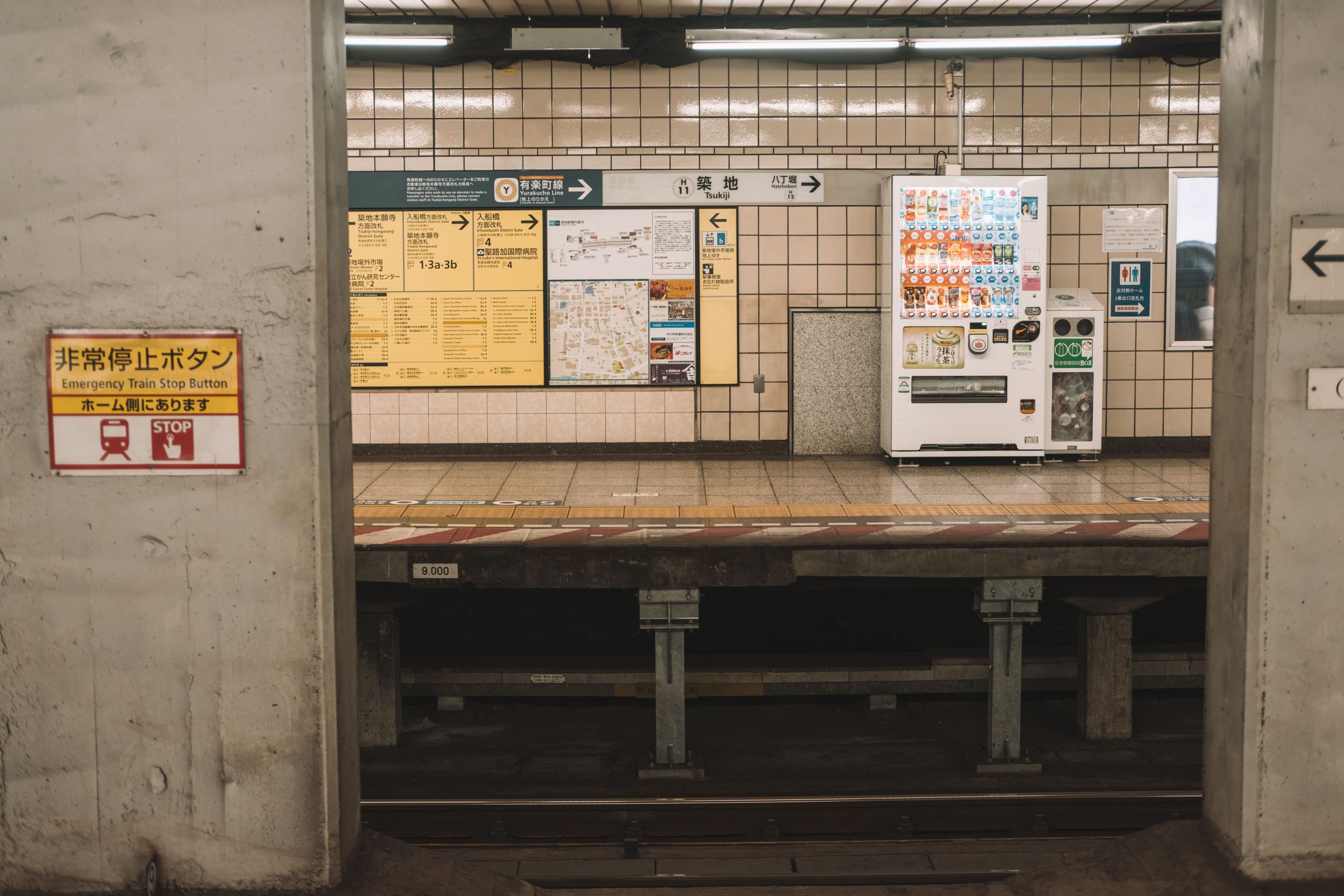
Tokyo trains
There are other transit lines that are not formally categorized as subways:
- Tokyo Waterfront Area Rapid Transit (TWR)
- Saitama Rapid Railway Line, functions as an extension of the Tokyo Metro Namboku Line
- Tōyō Rapid Railway Line, an extension of the Tokyo Metro Tōzai Line
- The Yamanote Line and Chūō Line (Rapid). Owned by JR East, these lines serve as crucial transportation routes in central Tokyo and are often depicted on Tokyo subway maps. Yamanote Line is one of the most useful lines for tourists, as it’s essentially a loop that takes you around the most important places in Tokyo. You can use your Japan Rail Pass on the Yamanote Line.
- The Yokohama Subway and Minatomirai Line operate within the Greater Tokyo Area but are not directly connected to the Tokyo subway network.
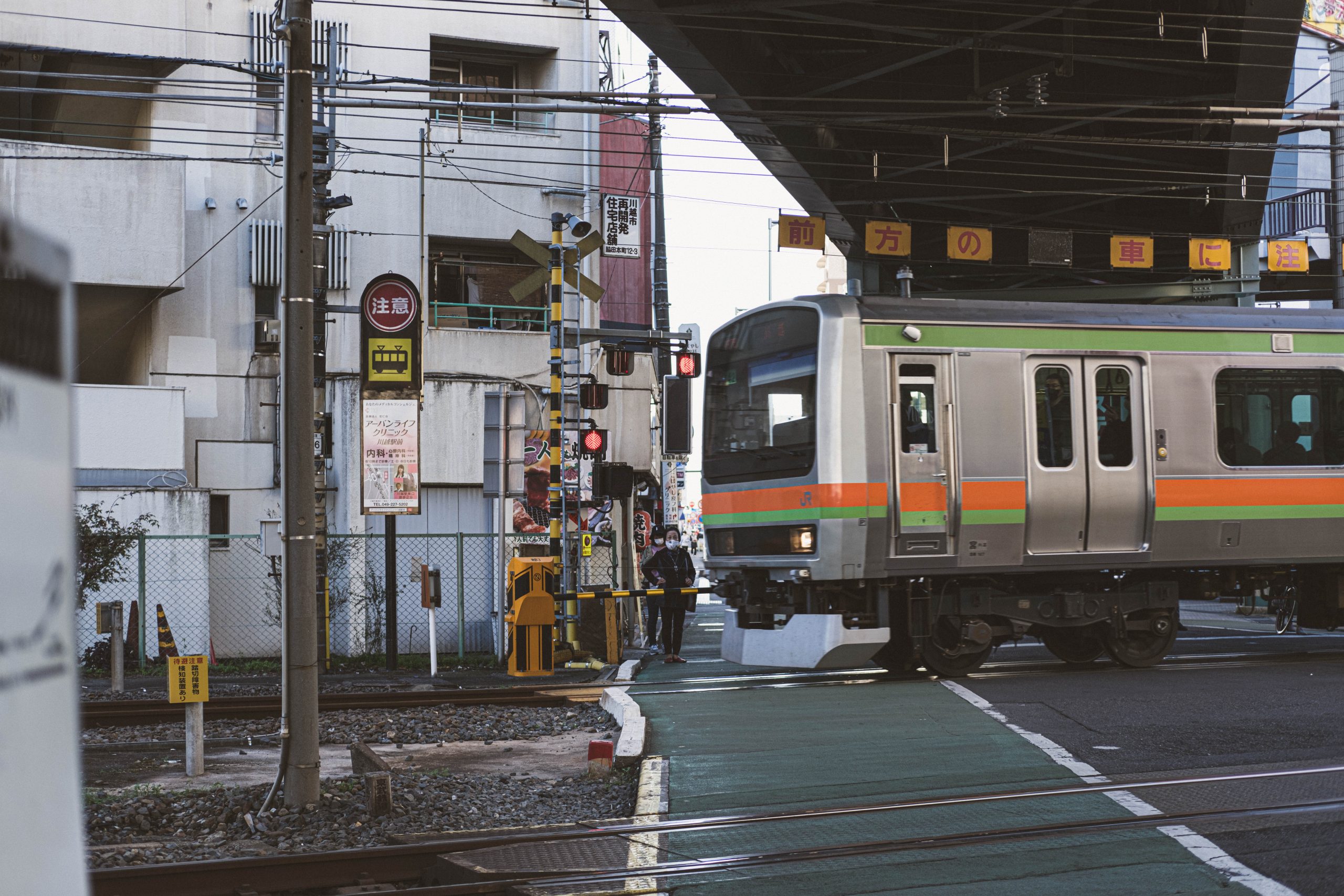
Tokyo subway ticket
Before hopping on the Tokyo subway, I highly recommend getting a Suica or Pasmo Card to save both time and money. These IC cards are widely used in Japan by both locals and visitors.
You can get an IC card at any subway station ticket machine. Just change the language to English and follow the on-screen instructions. You will need to add 500 yen as an initial deposit, which is refundable when you return your Suica before leaving Japan.
I suggest starting with a 1500 yen top-up. When your trip is over, you can return the card at a counter and get your 500 yen back, or keep it as a personalized souvenir, like I did. Remember that there is a charge of 220 yen to return a Suica/Pasmo card, which is deducted from the total. For refunds, a fee of 220 yen is subtracted from the total, and then the initial 500 yen deposit is added.
To recharge your IC card, simply insert it into a ticket machine, check your balance, and tap the top-up button on the screen. You can add up to 20,000 yen on it.
You can use IC cards almost anywhere in Japan, including buying train tickets and even purchasing food and drinks from vending machines throughout the country. It’s like a prepaid debit card that saves time and hassle.
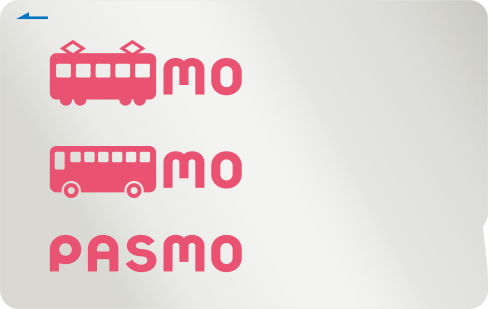
Tokyo Subway Pass
As a visitor to Tokyo, you have the option to get a 24 hour, 48 hour, or 72 hour Tokyo Subway Pass, which can save you a significant amount of money. This pass allows you to travel conveniently around the city using the Tokyo Metro and Toei Subway lines for 1 to 3 days.
The Tokyo Subway Pass provides unlimited access to 13 different routes, covering more than 250 metro stops throughout most of the city. To use the pass, simply slide your ticket into the machine at the subway entrance and enjoy a hassle-free trip around Tokyo.
The Subway Pass is an absolute must-have for visitors to Tokyo! At a mere $6 (800 yen) for a 24-hour pass, it offers unbeatable value.
To illustrate the savings, consider that a single trip from Shibuya to Asakusa costs 260 yen, Asakusa to Shinjuku is around 360 yen, and travelling from Shinjuku to Tokyo Station is 210 yen.
With all the amazing sights to see in Tokyo, you’ll undoubtedly be relying on the subway to get around. By purchasing the Subway Pass, you’ll be able to explore the city to your heart’s content without breaking the bank.
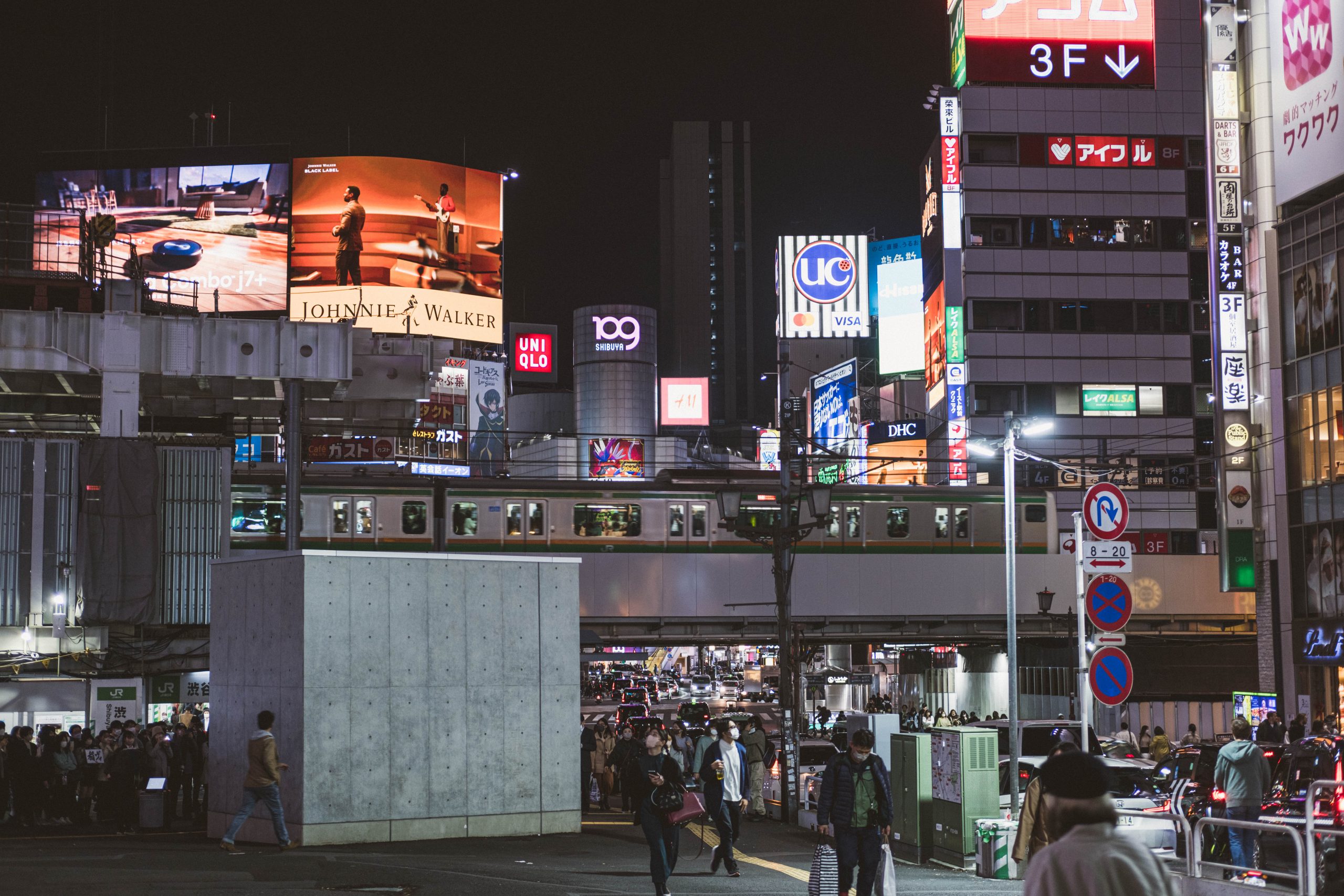
Tokyo Subway Stations
Tokyo subway stations are fascinating places that can easily get a bit overwhelming. Here’s some helpful information to keep in mind when navigating these hubs:
Every subway station features a map with multiple exits, and some can seem like intricate mazes, especially in larger stations like Shinjuku or Shibuya. Stay patient and follow the maps to successfully navigate your way through.
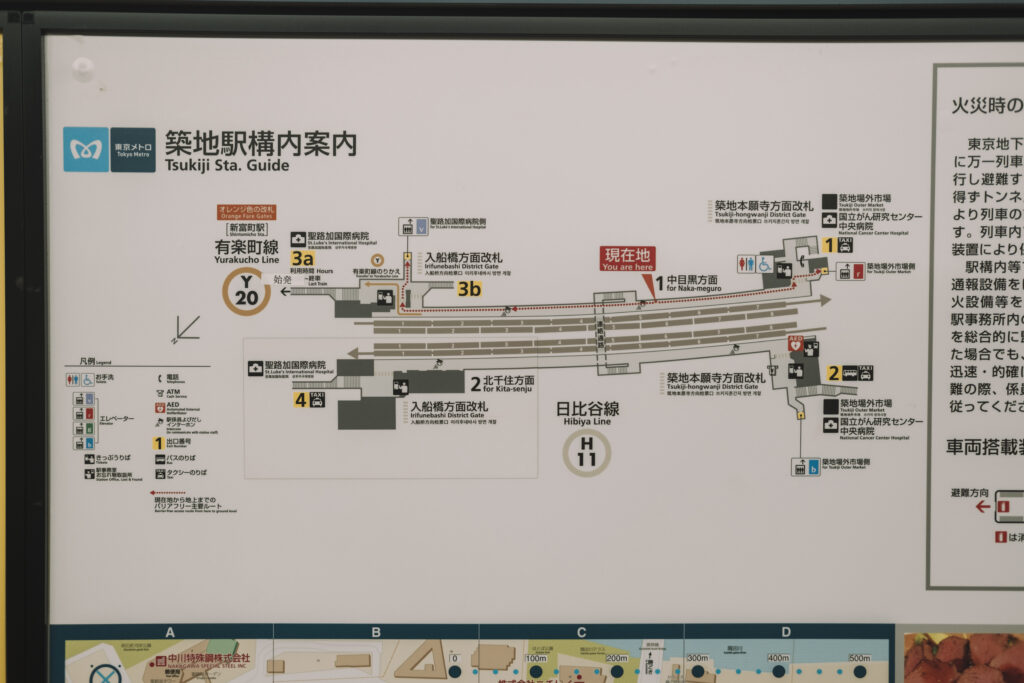
Be sure to check the nearest exit for your desired attraction or point of interest. If you happen to miss the ideal exit, don’t worry – you can still navigate overground, although some areas may be more challenging than others.
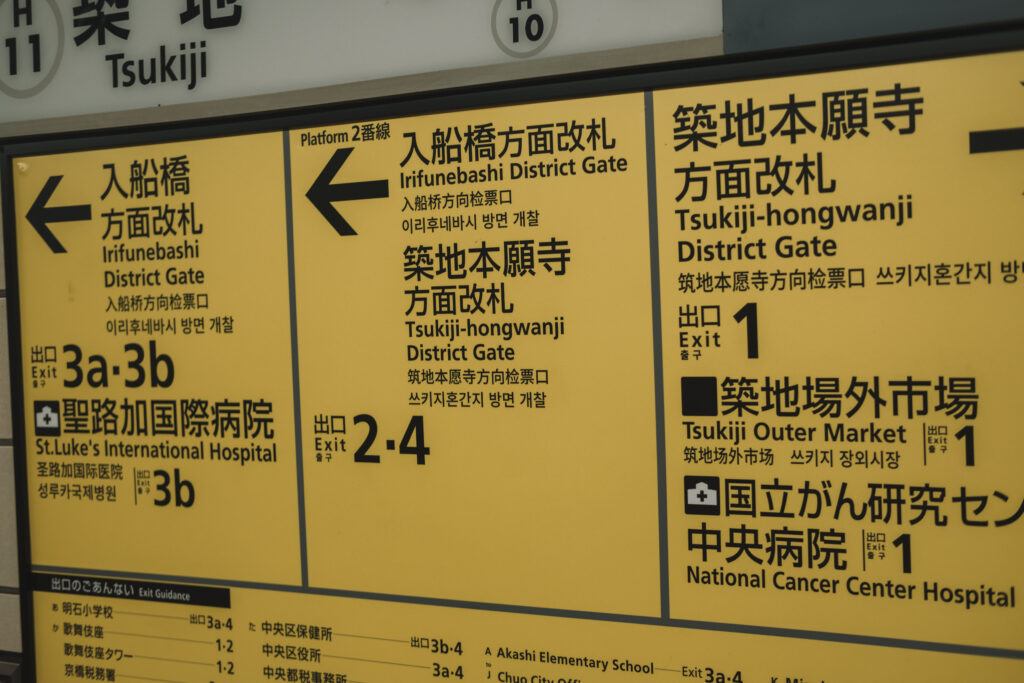
While using the subway, adhere to the designated sides and follow signs and arrows. Avoid getting in the wrong lane, as this may obstruct other passengers from moving around efficiently. Keep an eye out for markings on the floor to guide you.
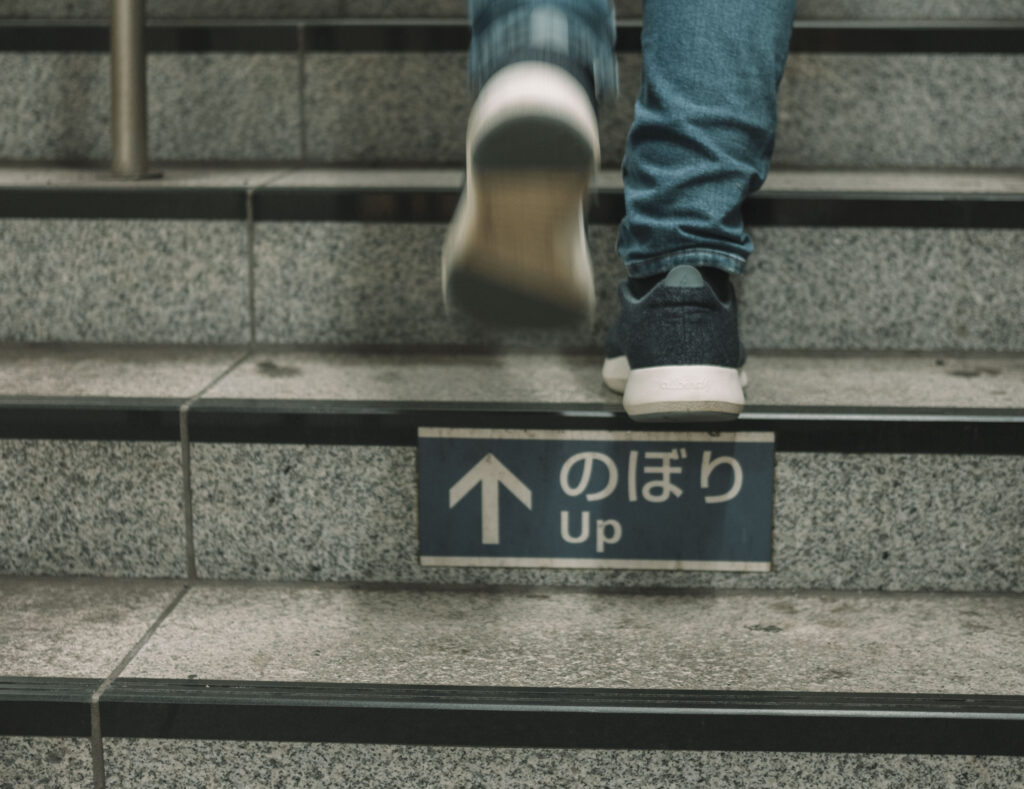
Remember to stand behind the yellow lines or gates while waiting for trains. Do not attempt to force open or touch the gates, as they will open automatically when the train arrives.
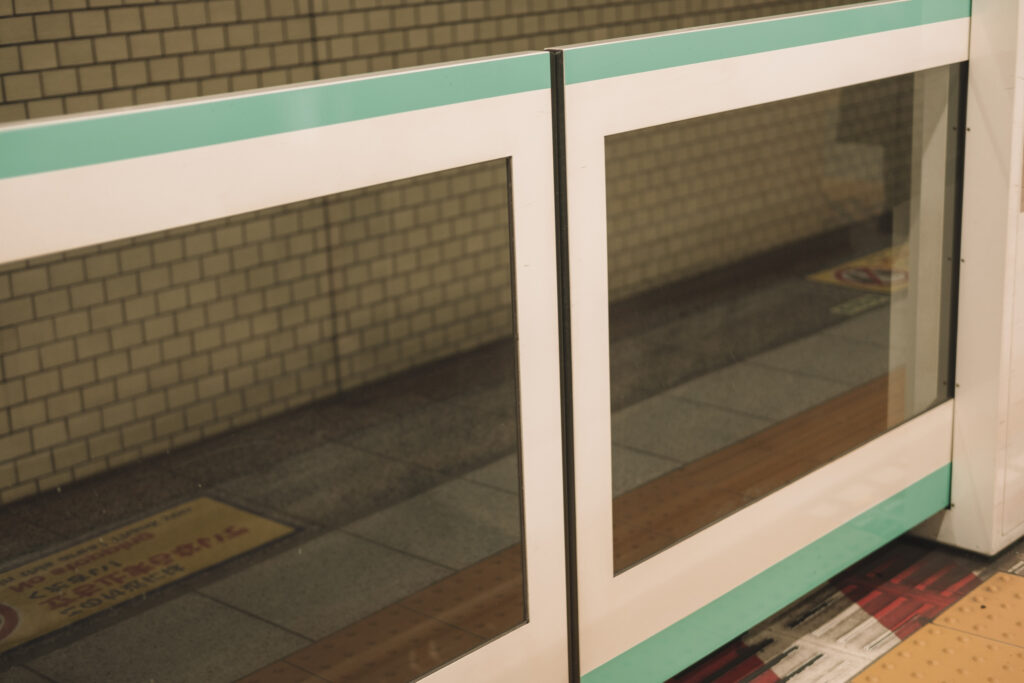
In case your Suica or Pasmo card runs out of funds before exiting the metro, don’t worry. You can conveniently top up your card using the available machines within the station.
Final Thoughts
The Tokyo subway is undoubtedly the best and fastest way to explore the city. While the metro map may initially appear confusing, you’ll quickly become an expert at navigating the system.
The Tokyo metro is clean, efficient, affordable, and safe. I wholeheartedly recommend it to anyone looking to easily get around Tokyo. Remember to grab a subway map from the airport’s information desk and invest in an IC card or a Tokyo Pass to save both time and money in the long run.
Frequently Asked Questions
What is the Tokyo subway called?
The Tokyo subway system comprises two main operators: Tokyo Metro (東京メトロ, Tōkyō Metoro) and Toei Subway (都営地下鉄, Toei chikatetsu). Most people simply refer to both of them as Tokyo Metro or Tokyo subway.
Is Tokyo subway expensive?
Compared to other major cities in the world, Tokyo subway is considered reasonably prices. A single ride costs between 180 and 330 yen depending on the distance you will travel.You can also save money on the Tokyo subway with a Tokyo Subway Pass (24, 48, or 72 Hours).
Does Tokyo subway have English?
Yes it does. Certain maps and announcements at some of the most popular Tokyo subway stations will be in English too. However, as you leave the main tourist areas in Tokyo, you will notice less English signage and English announcements. Just use Google maps which will tell you exactly where you get off to ensure you don’t miss your stop.
Is Tokyo subway difficult?
The Tokyo subway may appear difficult at first glance, as it is, after all, the second most complex subway map in the world. However, with a little practice and some attention, you will notice that it’s easier than you think. The lines are colour coded and all have numbers for your ease. When you navigate the subway underground, you will see clear signs for connections. Even if you don’t know how to pronounce the name of the lines, you can just remember the colour and the number you need for your ease.
More Tokyo Tips
Get ready for your trip to Tokyo. I put together some fantastic guides for you:
- Where to Stay In Tokyo
- 24 hours in Tokyo
- 3 days in Tokyo itinerary
- 5 days in Tokyo itinerary
- 7 days in Tokyo itinerary
- Best street food in Tokyo
- Complete Tokyo guide
While cards are widely accepted, many small establishments, particularly in older neighbourhoods, still prefer cash. Take some Japanese yen with you. Major banks in Japan now accept international cards for cash withdrawals, too. Speaking of money, check out how expensive is Japan.
Be aware of Japanese customs and manners such as removing your shoes before entering someone’s home or specific rooms in restaurants, bowing as a form of greeting, and not tipping at restaurants.


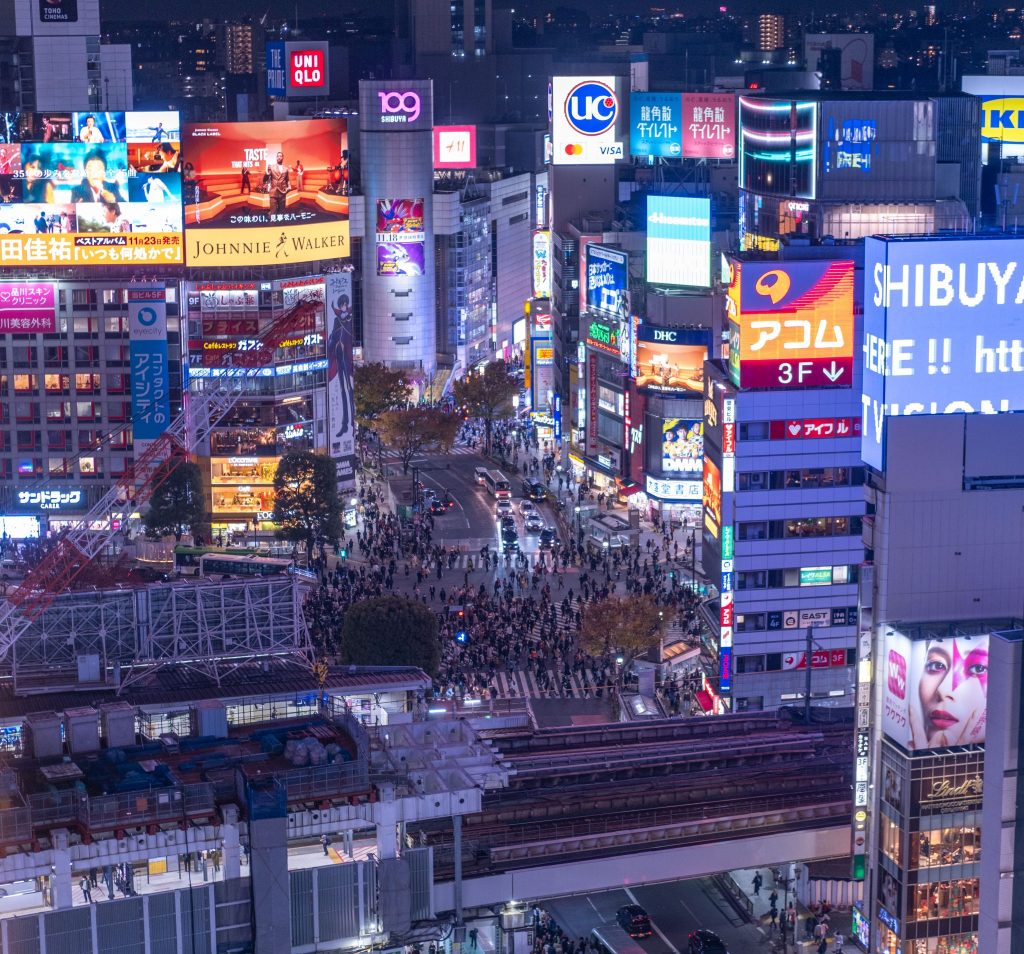
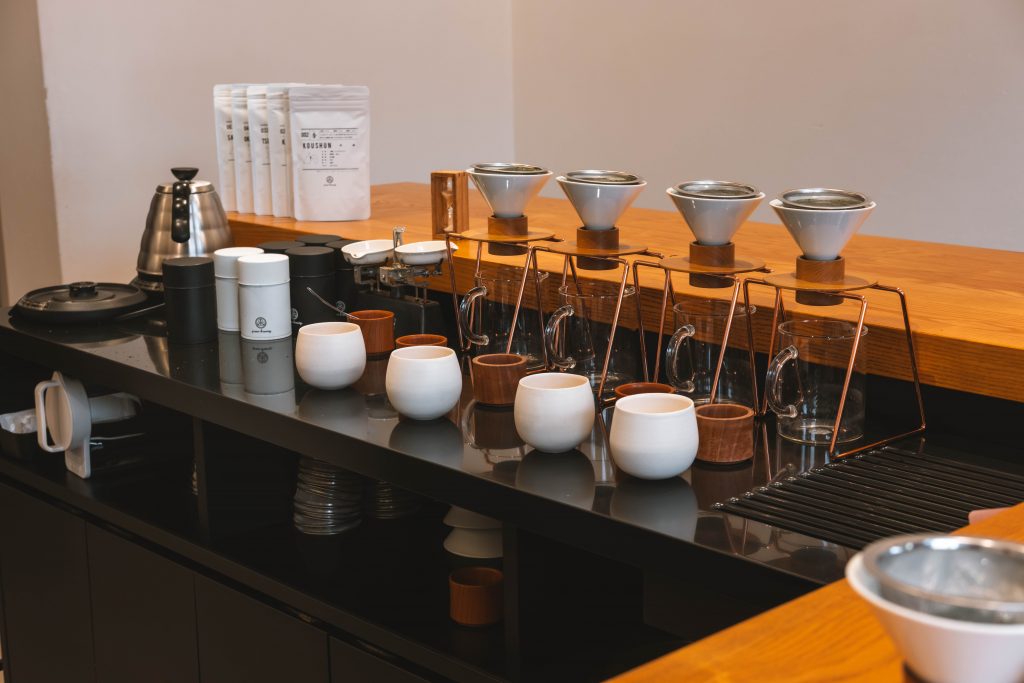
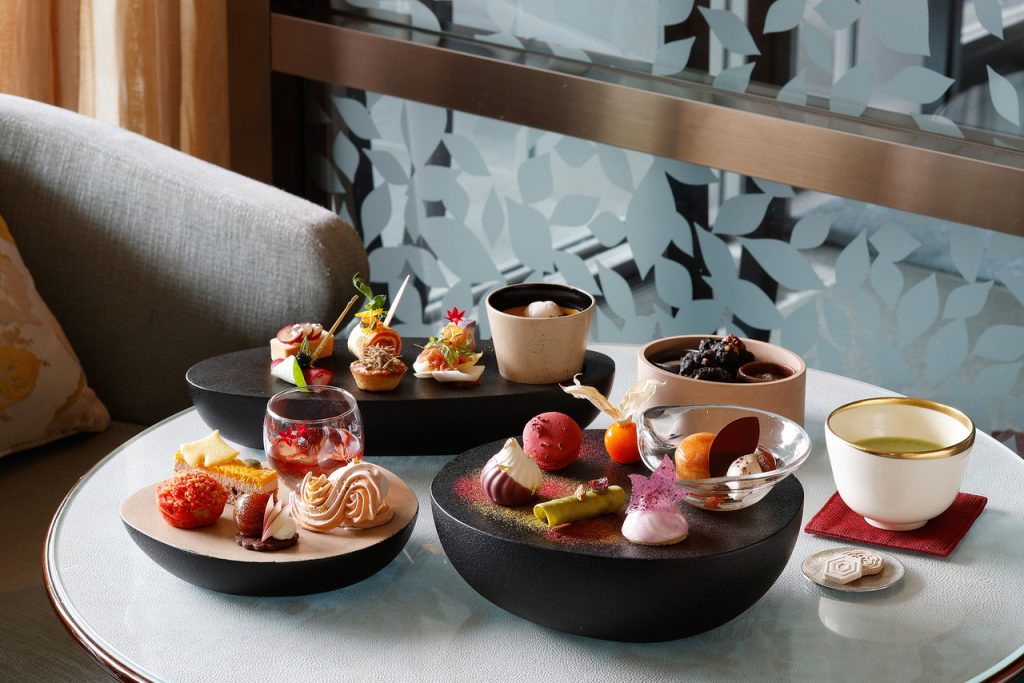
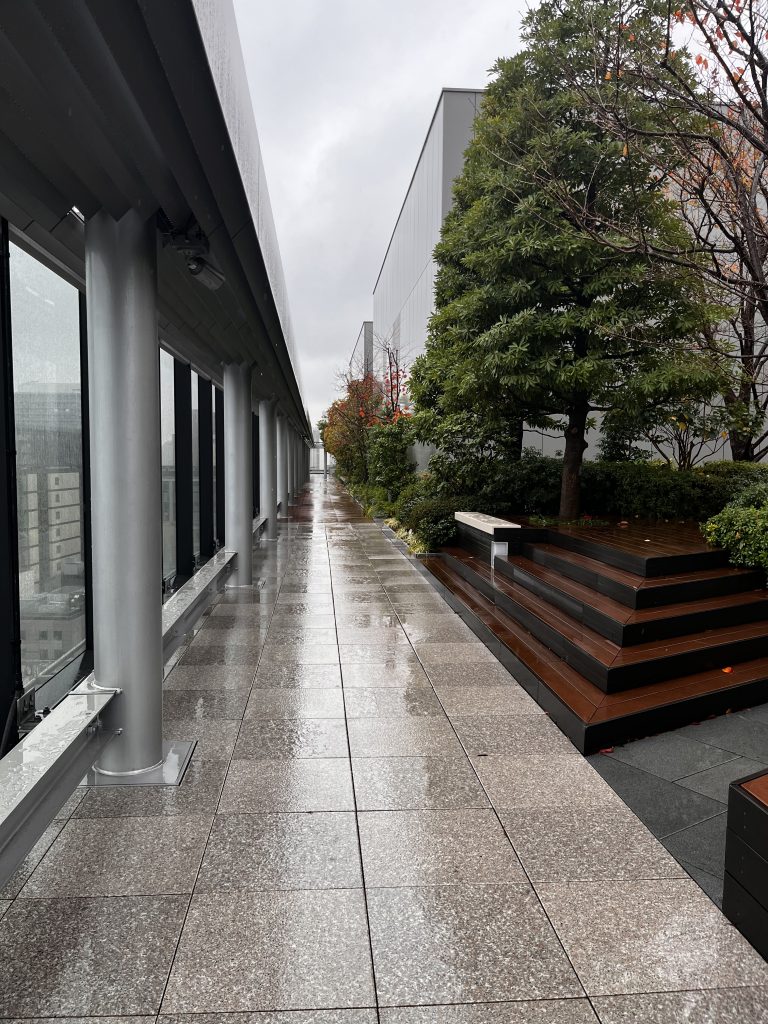
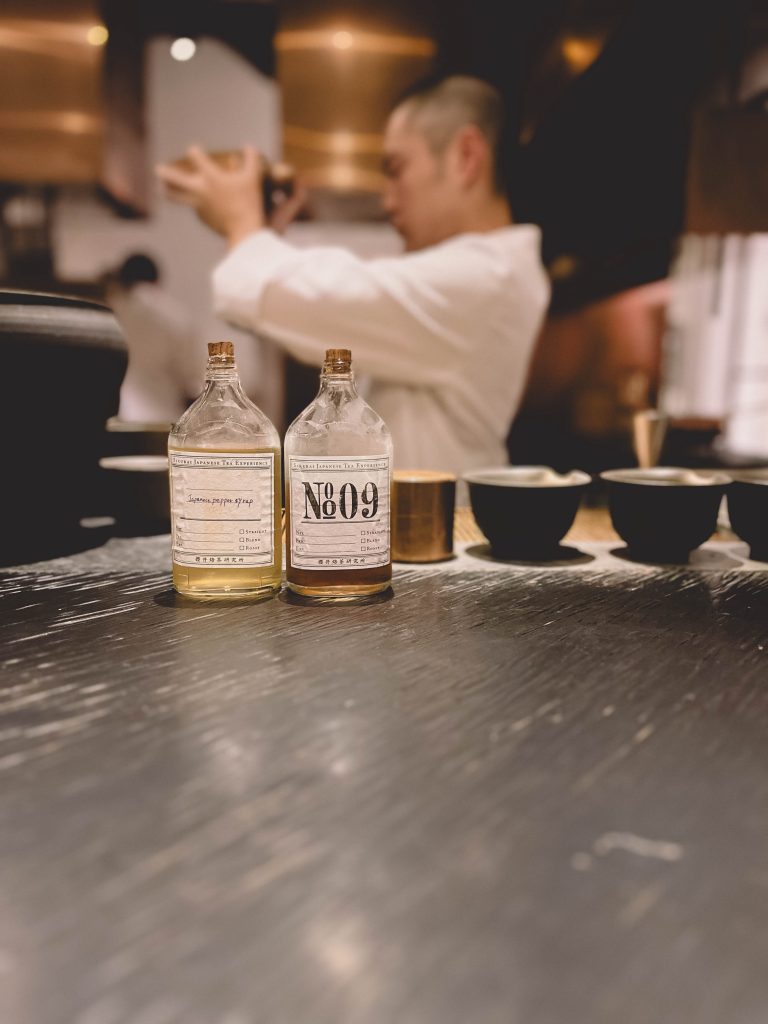


Leave a Reply